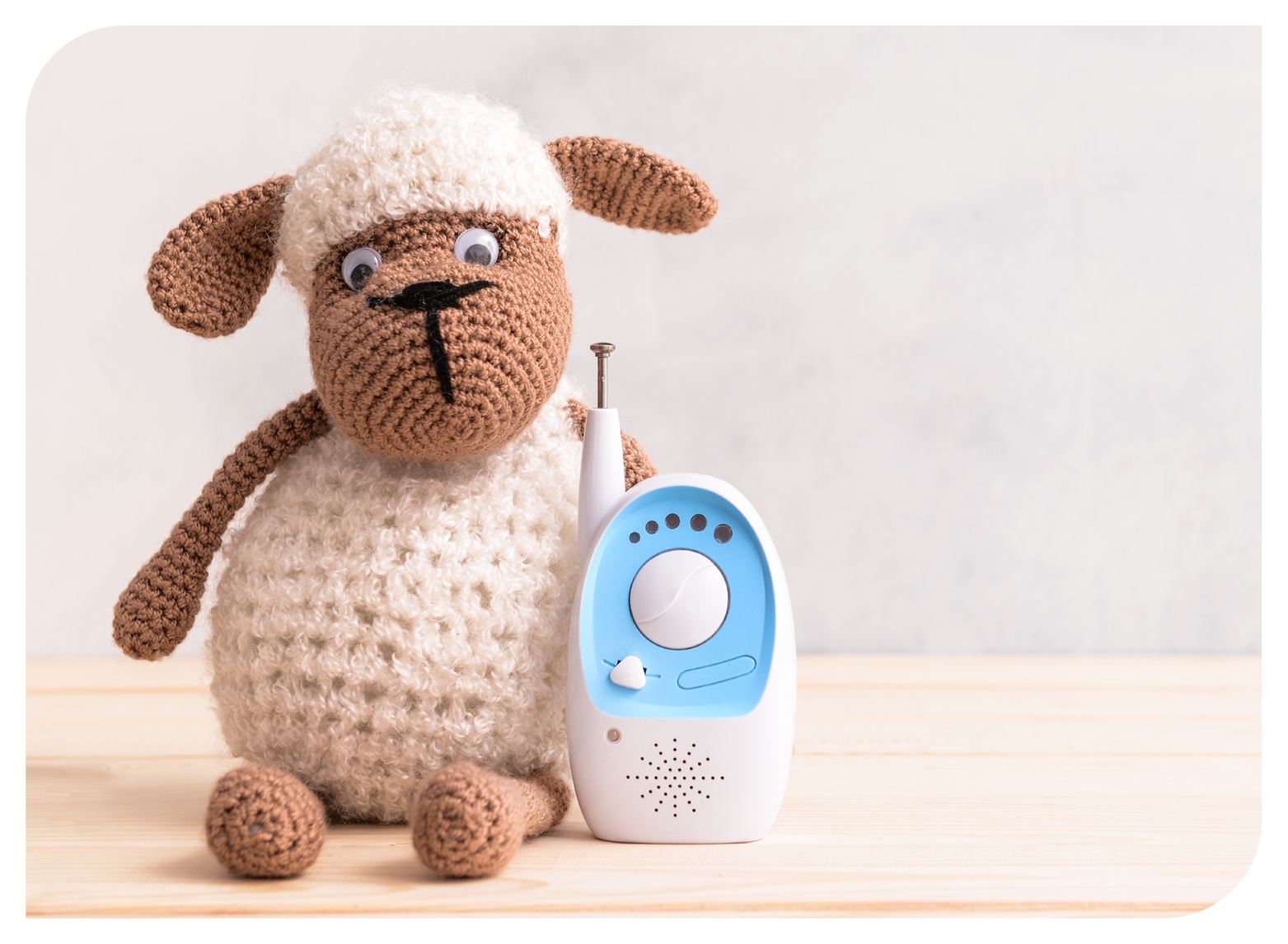Babies spend more than half of their day sleeping (at least that is the hope!), and many parents rely on baby monitors to keep an eye on their new bundle of joy. Lately, the market has exploded with an overwhelming number of options, and buying the perfect one for your family can be challenging. This article will evaluate the features of prominent devices to help you make the right choice.
Audio-Only Monitors
Monitors An audio-only baby monitor is a no-frills, low[1]cost option, offering a reliable connection. However, these provide only basic audio information, which can be frustrating for parents when they cannot see what their baby is doing. They may also be confusing when a noisy background interferes, causing more work for an already overworked parent.
Non-Wifi Baby Monitors
More sophisticated alternatives are audio-video non-Wifi (radio frequency) baby monitors. Radiofrequency or non-Wifi baby monitors can be appealing because they avoid Wifi connectivity and possible privacy issues. However, keep in mind that radio-frequency monitors work only within a certain range. Always check the level of electromagnetic field exposure with a radio-frequency monitor since it’s a potential health hazard. Another drawback is an inability to control or connect your phone or other caregivers to the monitor—limiting your ability to share and receive support.
Wifi-Enabled Video Monitors
Wifi-enabled smart baby monitors allow caregivers to check in on their child from literally anywhere. Having video information can be valuable in understanding a baby’s needs— sometimes they make noises in their sleep, or even wake up for a brief period of time and then settle back down. With video monitors, parents can better understand when it is necessary to attend to their child, avoiding unnecessary visits that might negatively affect the child’s sleep.
These Wifi monitors also often include extra features, such as white noise or lullabies, two-way audio to talk to your baby, and room thermometers, which can help optimize and monitor your baby’s sleep environment. The most advanced smart baby monitors can also provide parents summary statistics about their baby’s sleep habits and customized tips to help manage their children’s sleep. Some monitors also provide information on breathing movement or oxygen saturation.
Baby monitors are not a one-size-fits-all product, and parental usage will vary depending on circumstances. Since baby monitors are meant to give parents peace of mind, everyone needs to assess which features are the best fit for them. Most importantly, baby monitors should not lower the attention in the implementation of safe sleep practice, which is the number one priority to protect your baby.
Dr. Lucchini attended Politecnico di Milano in Italy where she obtained a PhD in Biomedical Engineering. Her research has focused on infant sleep and cardiorespiratory alterations in infants at risk for Sudden Infant Death Syndrome. She was selected for the American Academy of Sleep Medicine (AASM) Young Investigator Research Forum, and awarded the AASM Focused Projects Grant for Junior Investigators.



